From Hobby to Adventure: Embracing the Travel Photographer Lifestyle
Wander and Capture: Embark on your Journey as a Travel Photographer
With the advancement of technology, anyone can become a travel photographer and document their travels. So, if you’re a passionate traveler and avid photographer, thinking of becoming a travel photographer, read on.
Travel photography is a wonderful way to capture the essence of our journeys and preserve the memories of our adventures. And… as far as photography jobs go, also a lucrative way to do what you love and get paid for it!
I am a participant in the Amazon Services LLC Associates Program, an affiliate advertising program designed to provide a means for me to earn fees by linking to Amazon.com and related sites. This post may contain affiliate links, which means I may receive a commission, at no cost to you, for purchases made using my links. Please see my disclosure to learn more.
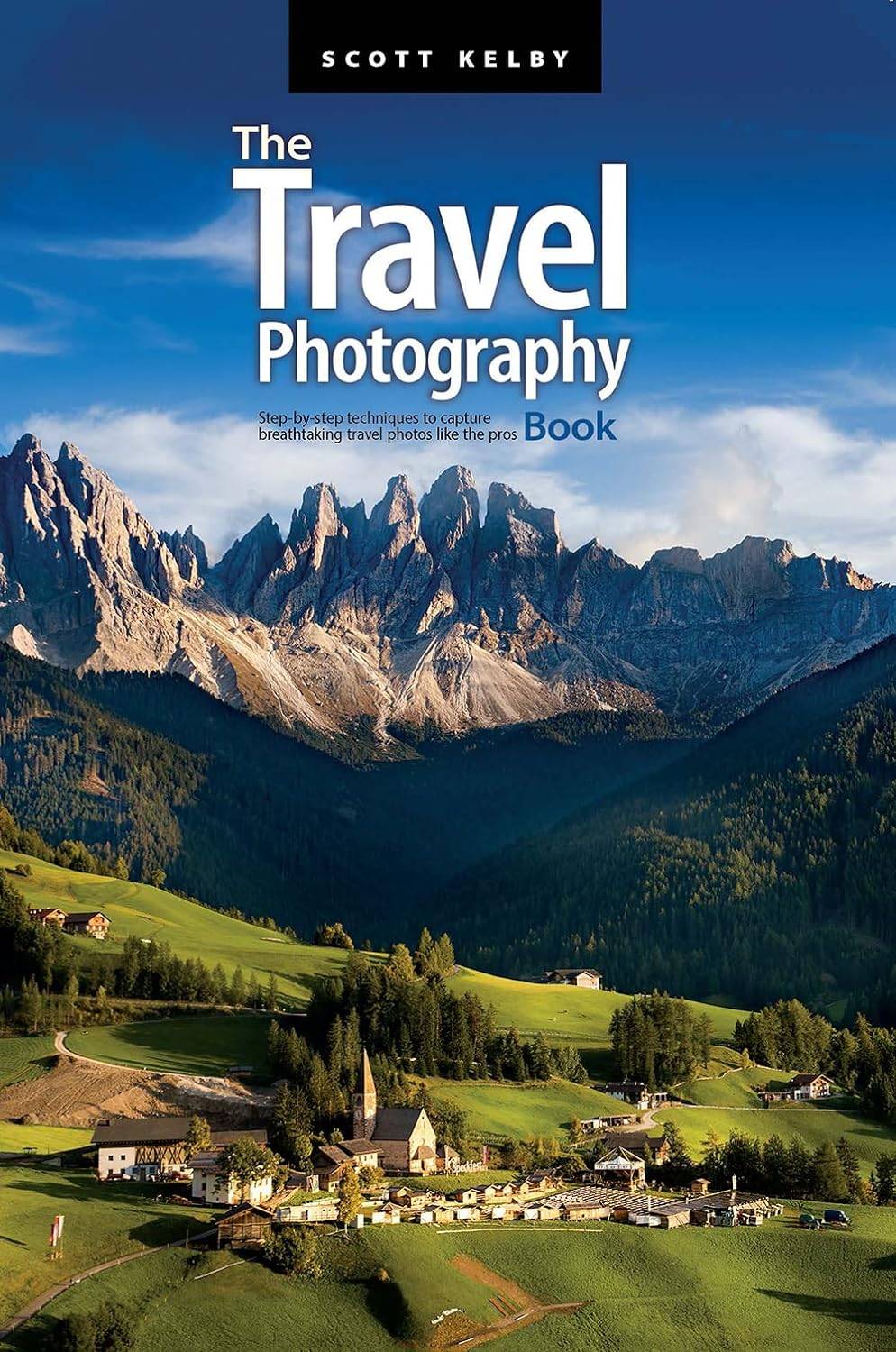
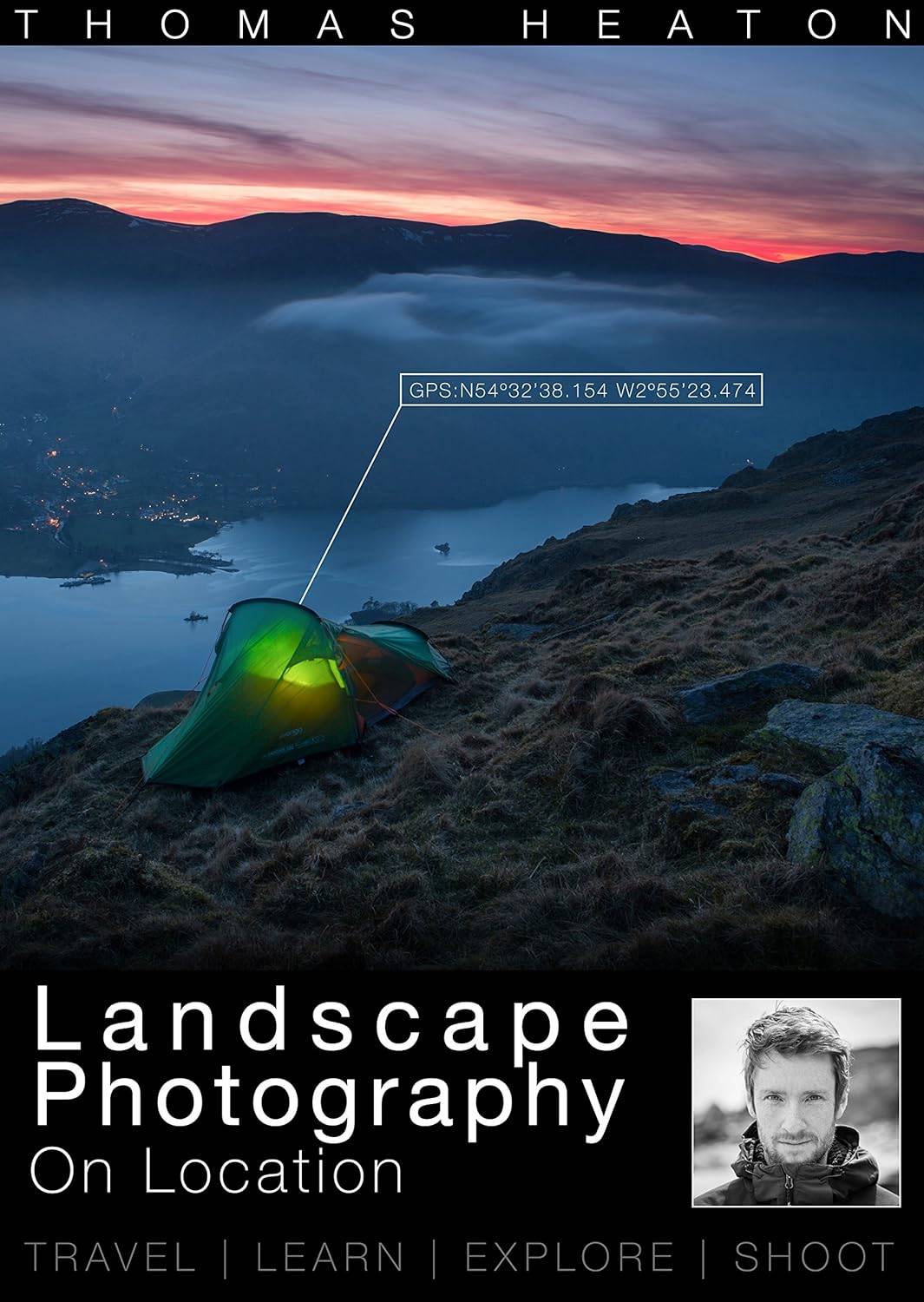
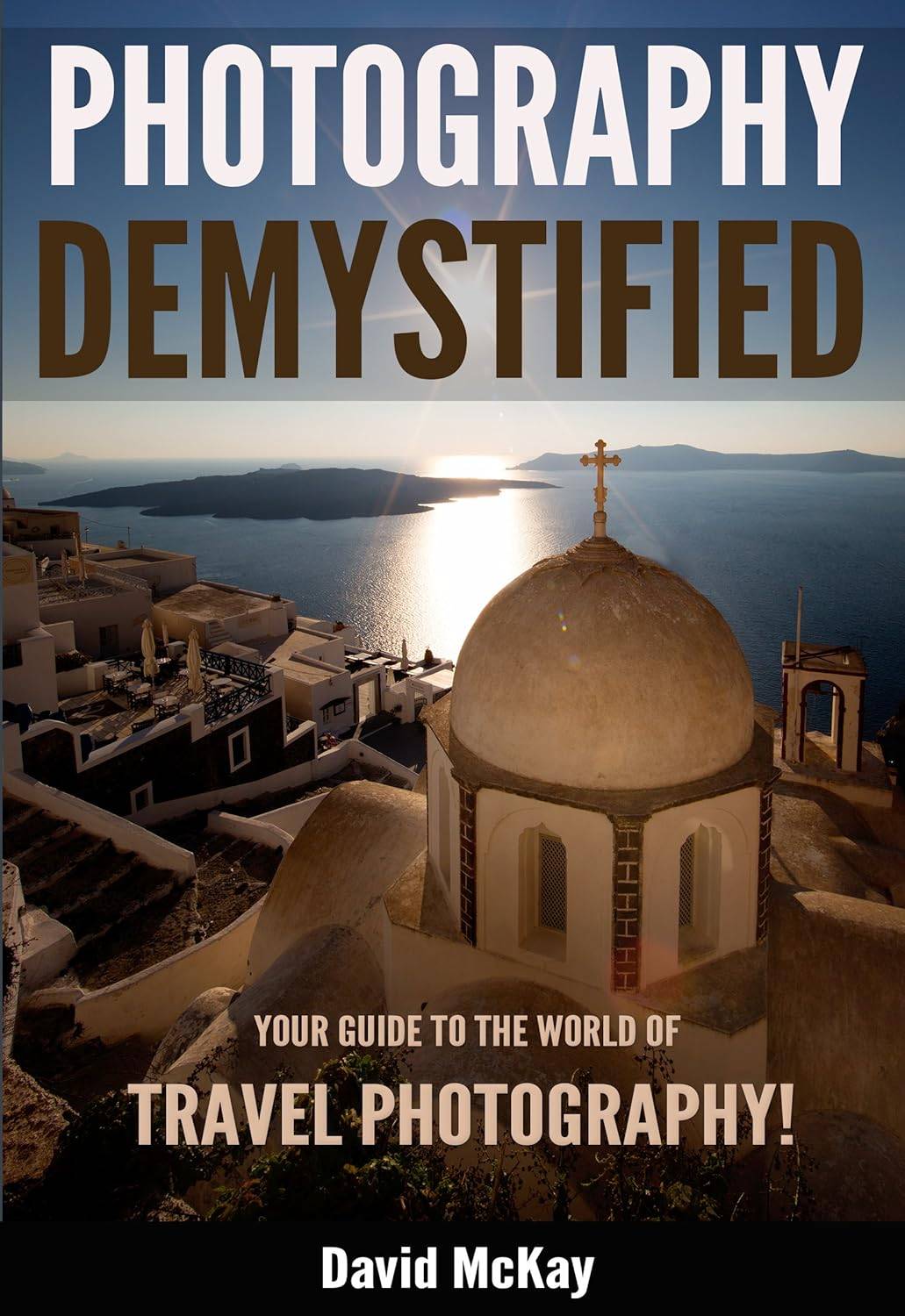
Importance of Travel Photography
Travel photography goes beyond simply taking snapshots of beautiful landscapes or famous landmarks. It is about capturing moments, emotions, and stories that unfold during our travels.
The photographs we take serve as tangible memories, transporting us back to the places we have visited and the experiences we have had.
Furthermore, travel photography allows us to share our stories with others, inspiring them to explore and appreciate the world around them.
Essential Gear for a Travel Photographer
When it comes to travel photography, having the right gear is essential. While professional cameras and lenses offer unparalleled image quality, they can also be bulky and inconvenient for travel.
Consider investing in a lightweight and versatile camera that suits your needs. Mirrorless cameras, such as the Sony Alpha series or Fujifilm X-T4, are popular choices for travel photographers due to their compact size and excellent image quality.
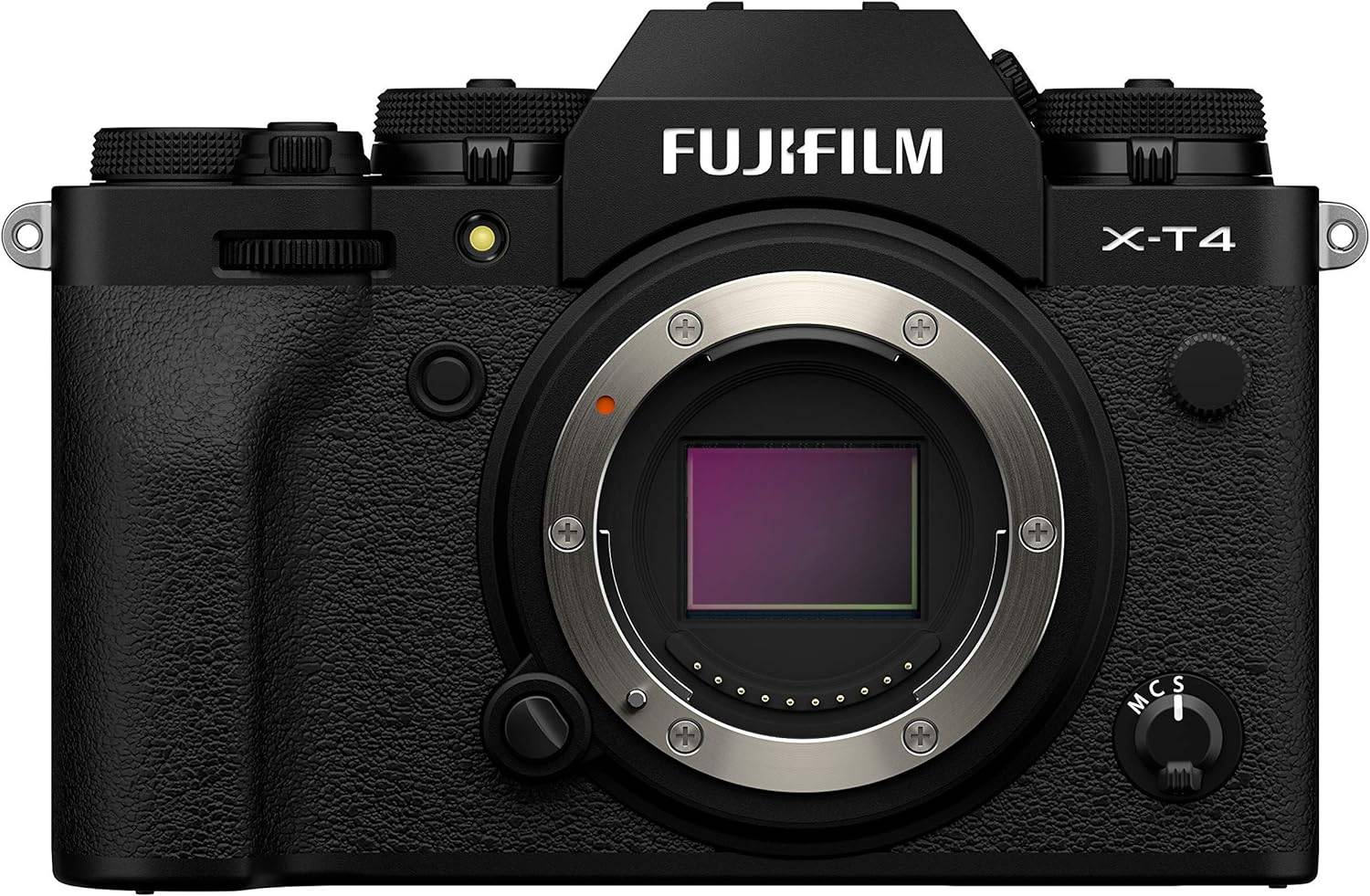
Fujifilm X-T4: Unleash Your Creativity
The Fujifilm X-T4 is a game-changer for photographers and videographers. With its five-axis In-Body Image Stabilization, it ensures steady and sharp images. The fast mechanical shutter captures moments flawlessly, while the vari-angle LCD and electronic viewfinder offer versatility. Record professional-level videos and apply stunning Film Simulations. Upgrade your photography game with the X-T4 and unleash your creativity.
In addition to the camera body, having a selection of lenses is crucial for capturing different types of scenes. A wide-angle lens is ideal for landscapes and architecture, while a telephoto lens allows you to capture distant subjects and wildlife.
Don’t forget to pack a sturdy tripod for stable shots, filters to enhance your images, and extra batteries and memory cards to avoid running out of power or storage space.
Tips for Capturing Stunning Travel Photos
To capture breathtaking travel photos, it is essential to plan ahead and be prepared for the unexpected. Research your destination beforehand to identify iconic landmarks, hidden gems, and unique photographic opportunities. Consider the lighting conditions during different times of the day and plan your shoots accordingly.
When it comes to composition, remember the rule of thirds. Imagine your frame divided into nine equal parts and place your subject or point of interest along the lines or at the intersections. Experimenting with different perspectives, angles, and framing can add visual interest to your photos.
While it’s important to capture the famous landmarks, don’t forget to explore and document the local culture and everyday life. Candid shots of locals going about their daily routines can often result in the most authentic and compelling images. Interact with the people you encounter, show respect, and ask for permission when photographing them.
Exploring Different Photography Styles as a Travel Photographer
Travel photography encompasses various styles, each offering a unique way to portray the world. Landscape photography allows you to capture the natural beauty of your surroundings, from stunning sunsets on remote beaches to majestic mountains and serene forests. Use wide-angle lenses and focus on composition to create impactful images.
Street photography, on the other hand, provides a glimpse into the soul of a city or a community. Document the vibrant street scenes, local markets, and bustling city life. Capture the candid moments and the interactions between people to tell stories through your photographs.
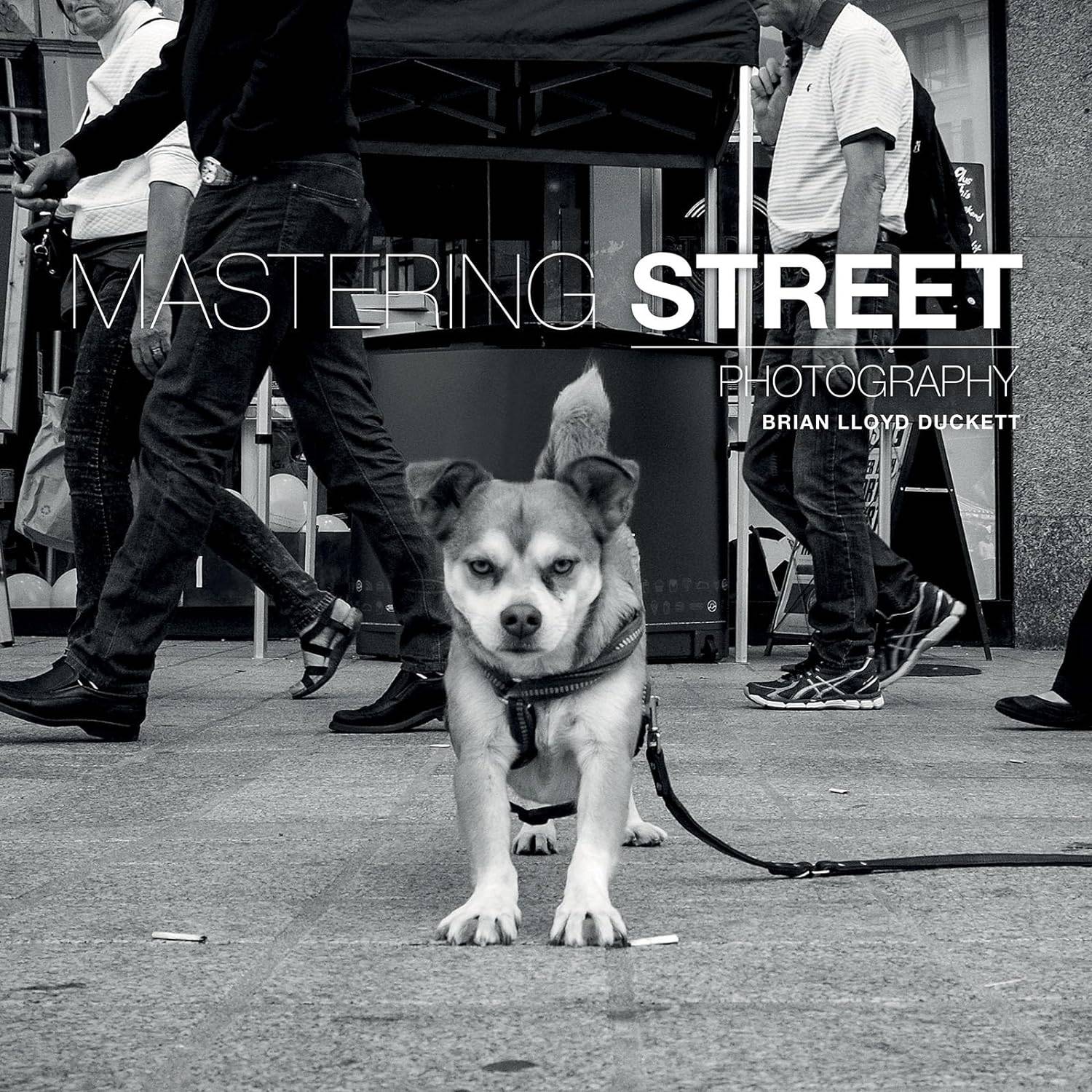
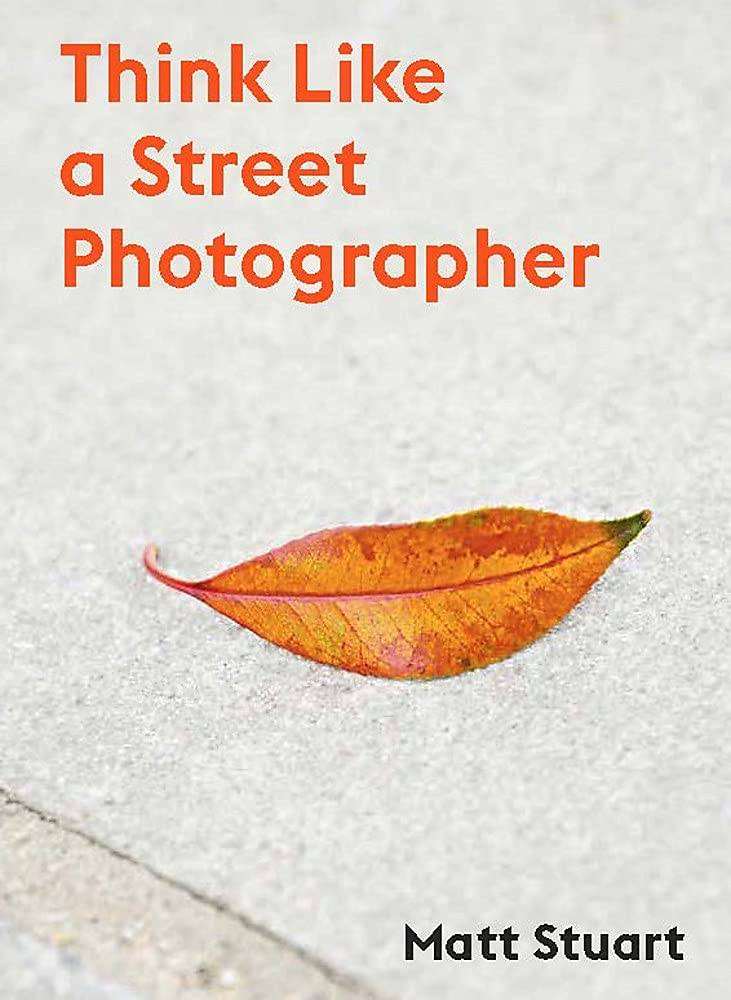

Portrait photography is an opportunity to connect with individuals and capture their personalities. Approach people respectfully, strike up conversations, and build a rapport before taking their portraits. By doing so, you will not only create compelling images but also establish meaningful connections with the people you encounter.
For wildlife enthusiasts, wildlife photography offers a chance to photograph animals in their natural habitat. Whether it’s a safari in Africa or a birdwatching trip in a remote location, patience and knowledge of animal behavior are key. Telephoto lenses with a long reach are essential to capture animals from a safe distance without disturbing them.
Editing and Post-Processing Travel Photos
After capturing your travel photos, the editing process plays a vital role in enhancing their visual impact. There are several popular photo editing software options available, such as Adobe Lightroom and Capture One, which offer powerful tools to enhance colors, adjust exposure, and fine-tune your images.
When editing, remember to maintain a balance between enhancing the image and preserving its natural feel. Avoid over-processing or applying excessive filters, as this can result in unrealistic and artificial-looking photos. Experiment with different editing techniques but strive to retain the authenticity and mood of the original scene.
Sharing and Showcasing Travel Photos
In the digital age, sharing your travel photos has never been easier. Creating an online portfolio or a blog allows you to showcase your best work and tell the stories behind your images. Utilize social media platforms like Instagram, Facebook, and Flickr to reach a wider audience and connect with fellow photographers and travel enthusiasts.
Participating in photography contests and exhibitions can also provide opportunities to gain recognition and exposure for your work as a travel photographer. Local art galleries, photography clubs, and online communities often host competitions, giving you a chance to share your unique perspective and potentially win prizes.
Travel Photography Etiquette and Ethics
As a travel photographer, it is essential to be respectful and considerate of the places you visit and the people you photograph. Familiarize yourself with the local customs and traditions, and always seek permission when photographing people, especially in culturally sensitive situations.
Be mindful of your surroundings and the impact of your presence on the environment and wildlife.
Overcoming Challenges as a Travel Photographer
Travel photography comes with its fair share of challenges. Language barriers, unfavorable weather conditions, and crowded tourist spots can all present obstacles. However, with the right mindset and preparation, these challenges can be overcome.
Learn a few key phrases in the local language to communicate with locals, and don’t hesitate to seek help or guidance when needed. When faced with bad weather, use it as an opportunity to capture unique and moody shots. Be patient and creative, and look for alternative perspectives or subjects.
When visiting popular tourist destinations, try to explore during off-peak hours to avoid large crowds. Alternatively, embrace the hustle and bustle and incorporate it into your images. Look for details, patterns, or interesting angles that can create visually striking compositions, even in crowded spaces.
Making a Career as a Travel Photographer
For those passionate about travel photography, turning it into a career is a dream come true. While it requires dedication, persistence, and continuous improvement, it is possible to make a living doing what you love.
There are various ways you can earn a living as a travel photographer. One potential income stream is selling your photos as stock photography. Many websites, such as Shutterstock and Getty Images, allow photographers to upload their images and earn royalties when they are licensed by clients.
Another option is to work on assignments for travel magazines, websites, or tourism boards, providing them with high-quality images that showcase destinations and experiences.
If you aspire to pursue a career in travel photography, it is essential to build a strong portfolio that showcases your skills and unique style. Invest time in networking, attending photography workshops and conferences, and seeking mentorship from experienced professionals. Be open to feedback and continuously learn and adapt to the ever-evolving industry.
Final Thoughts
As a travel photographer, you have a wonderful way to combine two passions: travel and photography. It allows you to capture and preserve your travel experiences, share them with others, and inspire them to explore the world.
I hope the tips and suggestions provided in this article, help you to get started on your journey as a travel photographer. Now go out and create stunning images that tell your unique stories!
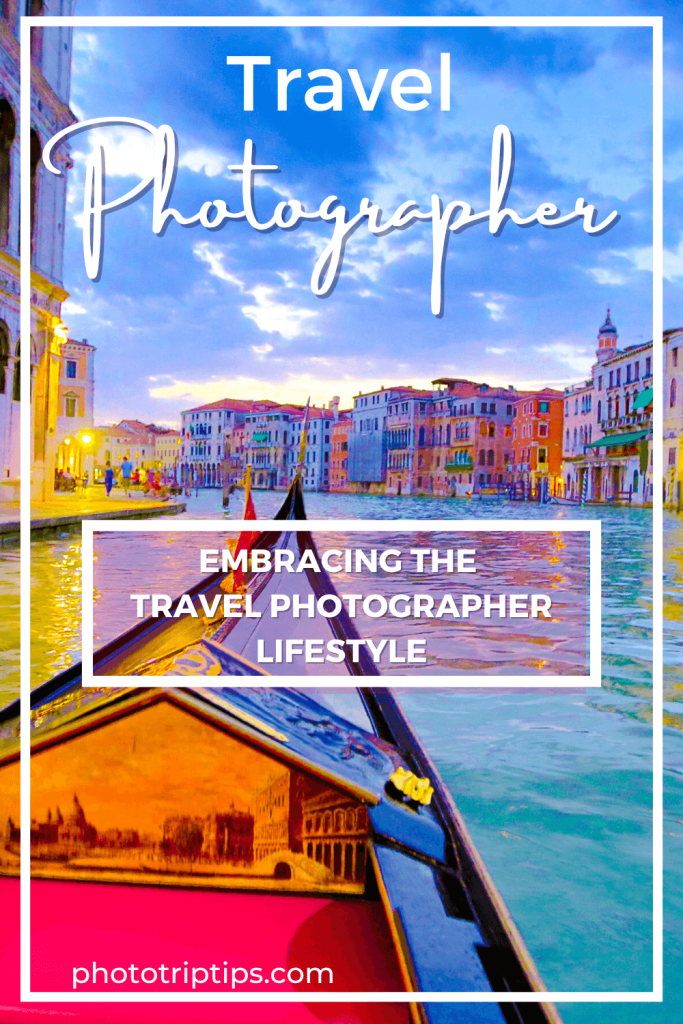
FAQs
- How do I choose the right camera for travel photography?
- Consider factors such as size, weight, image quality, and versatility. Research and compare different models to find one that suits your needs and preferences.
- What are the best practices for composition in travel photography?
- Use the rule of thirds, experiment with perspectives, and focus on capturing the essence of the scene. Look for leading lines, symmetry, and interesting focal points.
- How can I make my travel photos stand out on social media?
- Find your unique style, tell stories through your captions, engage with your audience, and use relevant hashtags to reach a wider audience.
- Is it necessary to shoot in RAW format for travel photography?
- Shooting in RAW format provides greater flexibility during post-processing, allowing you to make more significant adjustments without sacrificing image quality. However, it also requires more storage space and post-processing time.
- Can I use my smartphone for travel photography?
- Absolutely! Smartphone cameras have come a long way in terms of image quality and features. With the right techniques and editing apps, you can capture stunning travel photos using your smartphone.

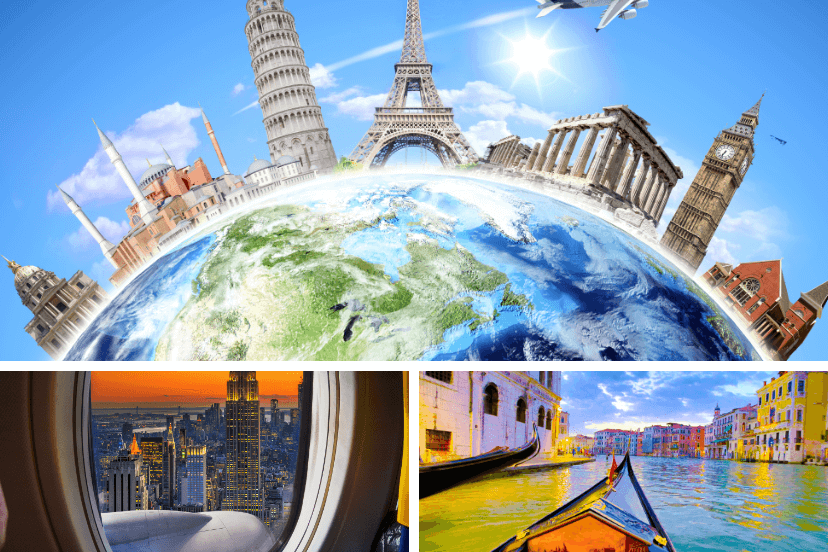

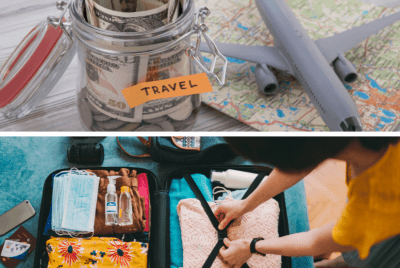
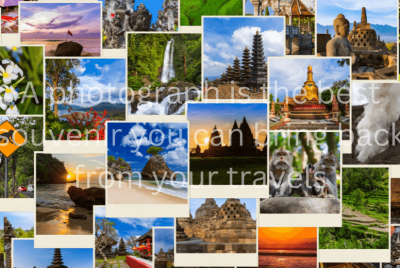
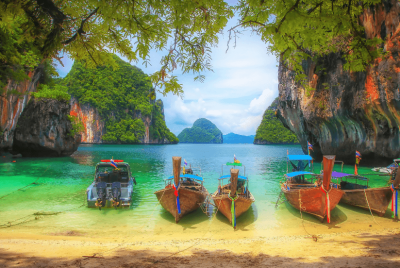

Comments are closed.